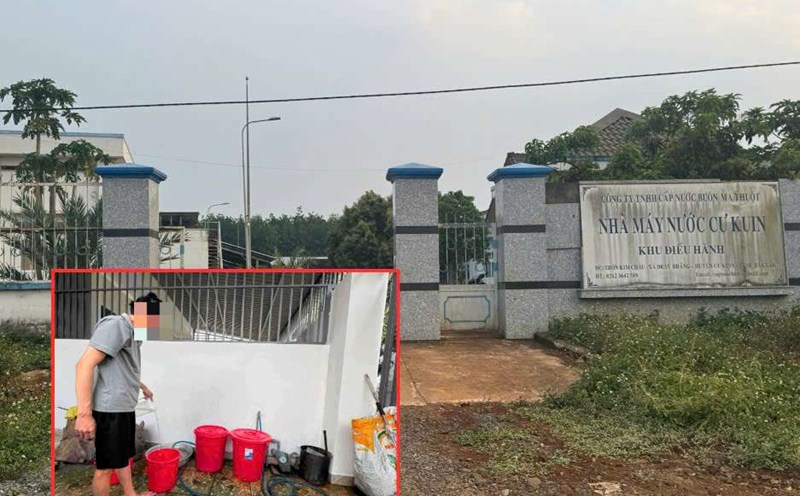Myanmar has just experienced a strong earthquake of 7.7 on the Richter scale, seriously affecting the country and Thailand, with the shaking extending as far as Cambodia and India.
The earthquake killed at least 144 people, according to Myanmar state media. The city of Mandalay, near the center of the province's Sagaing region, suffered heavy damage as many constructions collapsed and infrastructure was damaged.
Myanmar is located between two large tectonic plates, the Indian and Asian plates, making it particularly vulnerable to earthquakes. The border between these two areas forms the Sagaing fostering - a straight road stretching about 1,200km from north to south, passing through many major cities in Myanmar such as Mandalay and Yangon. Experts say the breach is similar to the San Andreas Fault in California, which caused several major earthquakes.
Earthquakes occur when tectonic plates move and accumulate energy, then suddenly release, creating strong vibrations. In the case of Myanmar, the two areas of land are sliding sideways, causing a sideways earthquake.
The March 28 earthquake occurred at a depth of only 10 km, making the devastation more serious. Seismic experts warn that such a shallow earthquake often causes great damage because not much energy is consumed before it hits the Earth's surface.
Rapid urban development and infrastructure systems that are not earthquake-resistant also contribute to increased damage. Many high-rise buildings in Myanmar are built with reinforced concrete but lack earthquake-resistant standards, leading to a high risk of collapse.
Some experts compared this situation to the 7.8 Richter earthquake in southern Turkey in 2023, when many works were severely damaged due to unsafe construction.
According to the Geological Survey, about 800,000 people in Myanmar may be in the most severely affected area, and the death toll could continue to rise in the coming days.











